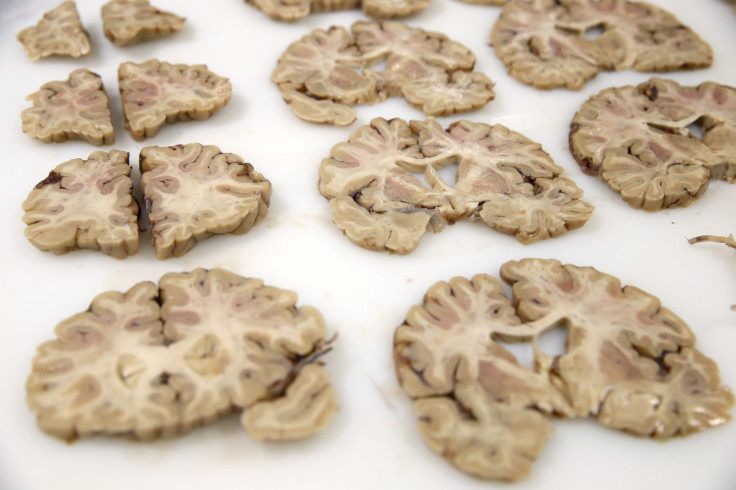Mapping The Brain: Allen Institute Launches Observatory To Study Perception And Cognition

If one needed further evidence of the remarkable complexity of the brain, one needs to look no further than the first cache of data released Wednesday by the Seattle-based Allen Institute of for Brain Science. The online repository of 30 terabytes of raw data, collected as part of an ambitious 10-year research plan announced by the institute in 2012, covers 18,000 neurons in four areas of the visual cortex of mice and is already the largest and most comprehensive study of its kind.
“No one has ever taken this kind of standardized approach to surveying the active brain at cellular resolution in order to measure how the brain processes information in real time. This is a milestone in our quest to decode how the brain’s computations give rise to perception, behavior, and consciousness,” Christof Koch, president and chief scientific officer of the Allen Institute for Brain Science, said in a statement. “Just like in astronomy, modelers and theoreticians worldwide can now study this wealth of data using their own analysis tools.”
In order to create the institute’s first dataset of cellular-level activity in the mouse visual system, the researchers used a specialized microscope to record the neurons firing. The mice were presented with a large variety of visual stimuli to determine the “tuning” of each individual cell to visual features like motion and shape orientation, as well as to complex images like movies — in this case, Orson Welles’ 1958 classic, “Touch of Evil” — that reveal the dynamics of visual processing.
“It’s amazing,” Anne Churchland, a neuroscientist at Cold Spring Harbor Laboratory in New York, told Nature. “There’s no other effort I know of where people have looked at so many brain areas with so many stimuli — and importantly, where the data are freely available as well."
The aim of the project is to not only identity the different kinds of cells that comprise the brain, but also their interaction, which eventually gives rise to cognition and perception — things that make an entity conscious.
As is evident from the so-called “hard” and “easy” problems of consciousness — which deal with explaining how consciousness works and how it arises — understanding the brain is a dauntingly difficult task. Because the genes that govern the functioning of the brains of mice and men are remarkably identical, scientists hope that building a comprehensive atlas of the mouse brain would provide vital clues to how the human counterpart works.
“If we want to understand higher-order brain functions, we need to understand not just the individual components of the brain but how they all work together,” Koch said in the statement. “The Allen Brain Observatory is an essential resource to explore how individual neurons—the atoms of perception—work together to give rise to the deepest, most meaningful aspects of experience.”
© Copyright IBTimes 2024. All rights reserved.






















